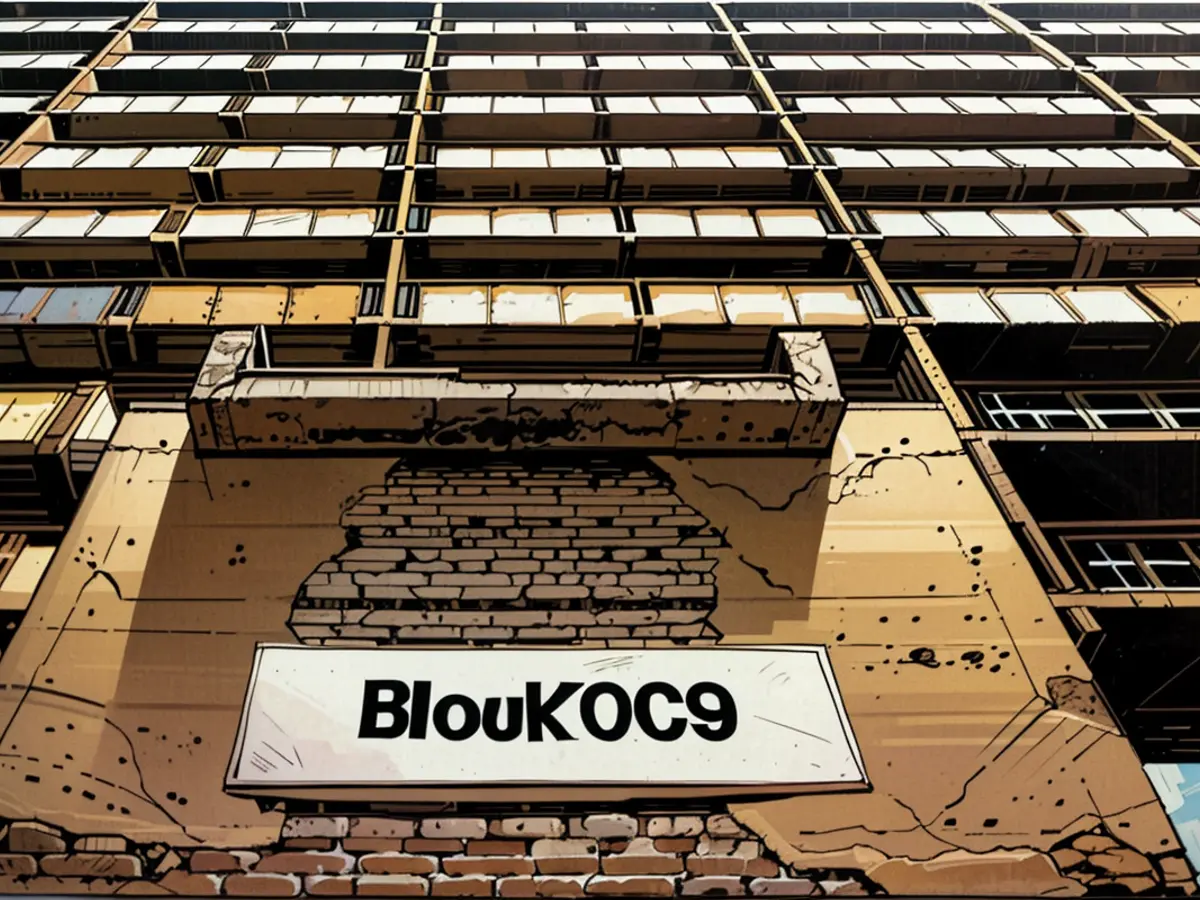History - Ha-Neu
The architectural uniqueness of Halle-Neustadt may be confirmation for many people about what they think of the district: A challenging area. Plattenbau next to Plattenbau. "Ha-Neu", as the part of Halle is also called, is known far beyond the borders of Saale city - and celebrates its 60th birthday on July 15.
"There is a planned event in cooperation with the city", says Johanna Ludwig, who works as a so-called quarter manager in Halle-Neustadt. As part of the festivities on Monday, there will also be a panel discussion. Following this, an exhibition will be opened at the Neustadt-Centre.
The cornerstone for "Ha-Neu" was laid on July 15, 1964. According to city statistics, around 47,000 people live there today. "Media often view Halle-Neustadt as a problematic district", Ludwig knows and compares the reputation of the Plattenbau quarter with that of Berlin-Neukölln. That's not fair to the quarter. "Among experts, architecture enthusiasts and planners, Halle-Neustadt is very popular because the district is a large planned city that was designed on a drawing board."
When Halle-Neustadt was built, the Wall between East and West was still standing. Today, it is important to counteract the negative image, so Ludwig. "Because people eventually take on this negative image for themselves, hide away, and that makes getting to know each other between them and those who have a negative image of Halle-Neustadt more difficult." Distance breeds contempt.
The fact that the district is predominantly shaped by two groups - the elderly and people with a migration background - is also a decisive factor for how the quarter will look in the future. "The goal must be that young people stay in Halle-Neustadt, help shape the district, work and live there, and perhaps even attract others here", so Ludwig.
And there will be another change in the coming years: "In the future, parts of Halle-Neustadt will be protected as monuments", explains Ludwig, who grew up in a Plattenbau area herself. In other East German cities, there are already monument-protected Plattenbauten. The designation is also "a recognition of what was built and created here and a real appreciation."
What monument protection means will also be a topic at the birthday table. "We want to discuss on the 60th birthday what is actually monument-worthy and what the people here define as a monument." What the status ultimately means in Halle-Neustadt is hard to predict. "But it can be identity-defining. A part of us will be preserved for future generations."
- Given Halle-Neustadt's rich history and its increasing popularity among architecture enthusiasts and planners, it's crucial to shape its future to attract more young people and preserve its identity.
- In light of Halle-Neustadt's 60th birthday and the upcoming monument protection for some parts of the district, there's an opportunity to define what truly represents the district's monumental value, contributing to its identity and legacy in Saxony-Anhalt.








